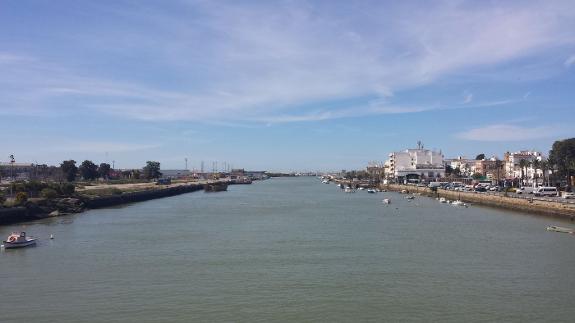

Sections
Highlight

Rachel Haynes
Friday, 14 February 2020, 14:44
Compartir
On 14 February 1779, the Cadiz town of Puerto de Santa María was the scene of a devastating accident in which hundreds lost their lives.
It was carnival Sunday but that year the celebrations had an even more exciting element - the opening of the new San Alejandro bridge that crossed the River Guadalete. The bridge was designed to improve communications in the area and boost the movement of goods between El Puerto de Santa María and Cadiz city and beyond.
The instructions to build the bridge came from Count Alejandro de O'Reilly, an Irishman (born Alexander O'Reilly) who was then captain-general of Andalucía. He reached this position on his return from America where he had been made Governor of colonial Louisiana after fighting with the Spanish forces in various campaigns. In Andalucía, he successfully reorganised the defensive system of the Bay of Cadiz.
Having rejected the idea of building on the ruins of a former stone Roman bridge, O'Reilly chose a wooden structure, which was part boat bridge and part drawbridge. One section of the walkway rested on seven boats, while stone posts held up the drawbridge part with sections that were raised to let through boats from Jerez.
O'Reilly and his family were among the first pedestrians to cross the new bridge on the morning of 14 February 1779.
The opening ceremony was accompanied by entertainment - theatre, dancing and bullfights - and O'Reilly and other officials were followed by crowds who clambered onto the drawbridge section to see better.
According to reports, the chains gave way under the weight of the crowds, sending hundreds tumbling into the water below; few were able to swim, but many were rescued by boats launched from the banks.
The victims came from all levels of social standing and the following days saw elaborate funerals, as well as the burial of more than a hundred bodies in a mass grave outside the Priory Church in the town.
In a letter written two days later, the Marchioness of Utrera says that 400 people fell into the river and estimates that between 200 and 300 of them died.
Publicidad
Publicidad
Publicidad
Publicidad
Reporta un error en esta noticia
Necesitas ser suscriptor para poder votar.